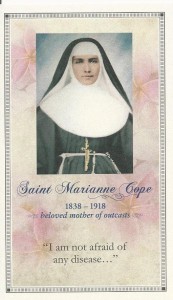
(Franciscan Media) Though leprosy scared off most people in 19th century Hawaii that disease sparked great generosity in the Woman who came to be known as Mother Marianne of Molokai, her courage helped tremendously to improve the lives of its victims in Hawaii
Born Barbara Koob this date in 1838 in West Germany, Mother Marianne was one of 10 children, the year following her birth, her family immigrated to the United States and found a home in New York, Utica where they became members of St. Joseph’s Parish according to the Vatican and where the children attended the Parish School.
Although Barbara felt called to religious life at an early age, her vocation was delayed for 9 yrs because of family obligations. As the oldest child at home, she went to work in a factory after completing the 8th grade in order to support her family when her father became ill.
Finally in the Summer of 1862 at the age of 24 Barbara entered the ‘Sisters of St. Francis in Syracuse’ and on the 19 November, she received her religious habit and the name ‘Sr Marianne’ the following year she made her religious profession and began serving as a teacher and principal in several elementary schools in the State of New York, subsequently joining the Order in Syracuse with the intention of teaching but God had other plans.
As a member of the governing boards of her religious community in the 1860s Mother Marianne participated in the establishment of two of the first hospitals in the central New York area.
In 1870 she began a new ministry as a Nurse-Administrator at St. Joseph’s in Syracuse where she served as the head administrator for 6 yrs during the time, she put her gifts of intelligence and people skills to good use as a facilitator, demonstrating the energy of a Woman motivate by God alone.
Although Mother Marianne was often criticized for accepting for treatment ‘outcast’ patients such as alcoholics, she became well known and loved in Central New York for her kindness, wisdom and down-to-earth practicality.
In 1883 Mother Marianne (now the Provincial Mother in Syracuse) received a letter from a Catholic Priest asking for her assistance in managing hospitals and schools in the Hawaiian Islands and mainly to work with leprosy patients. The letter touched Mother Marianne’s heart and she enthusiastically responded:
“I am hungry for the work and I wish with all my heart to be one of the chosen ones whose privilege it will be to sacrifice themselves for the Salvation of the souls of the poor Islanders…I am not afraid of any disease, hence, it would be my greatest delight even to minister to the abandoned lepers.”
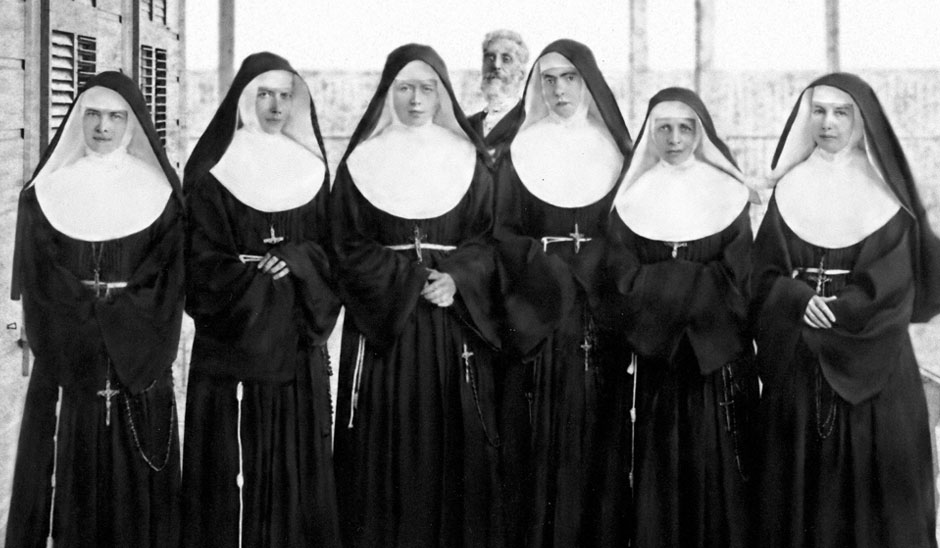 Mother Marianne’s Six Sisters of St. Francis
Mother Marianne’s Six Sisters of St. Francis
Image: Sisters of Saint Francis
Mother Marianne and 6 other Sisters of St. Francis, arrived in Honolulu in November, 1883, their main task was to manage the Kakaako Branch Hospital in Oahu, which served as the receiving station for patients with Hansen’s disease (Leprosy) gathered from all over the Hawaiian Islands–The Sisters quickly set to work cleaning the hospital and tending to its 200 patients. By 1885, they had made major improvements to the living conditions and treatment of the patients.
In November of that year, Mother Marianne and the Sisters also founded the Kapiolani Home, made inside the hospital established to care for the healthy daughters of Leprosy patients at Kakaako and Kalawao, the unusual decision to open a home for healthy children on the Leprosy hospital premises was made because only the Sisters would care for those so closely related to people with the dreaded disease.
Rest here from the Vatican
Related: The Woman Who Received a Piano from Robert Louis Stevenson
Canonization is Pushed for Molokai’s Other Saint –Honolulu Star Bulletin
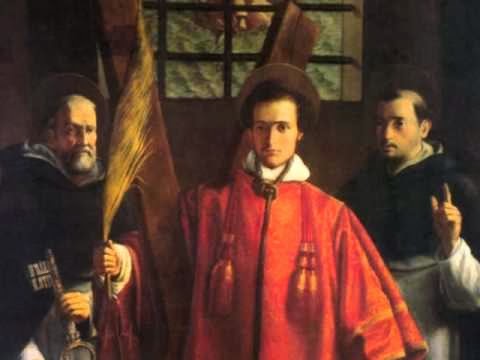 Saint Vincent of Saragossa, Deacon & Martyr
Saint Vincent of Saragossa, Deacon & Martyr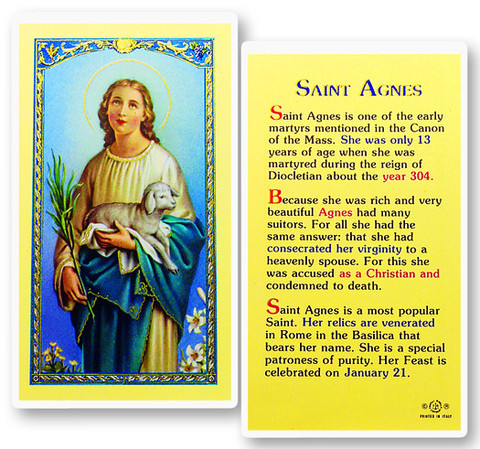 Saint Agnes Biography Holy Card — Image:
Saint Agnes Biography Holy Card — Image: 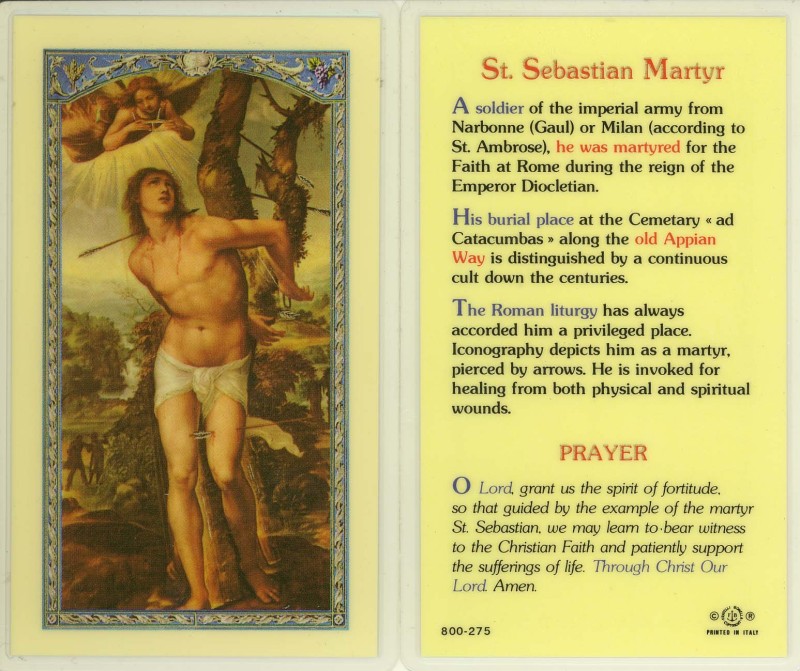 Saint Sebastian (257-288)
Saint Sebastian (257-288)  Pope Saint Fabin (200-250)
Pope Saint Fabin (200-250)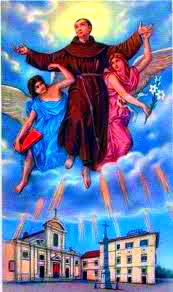
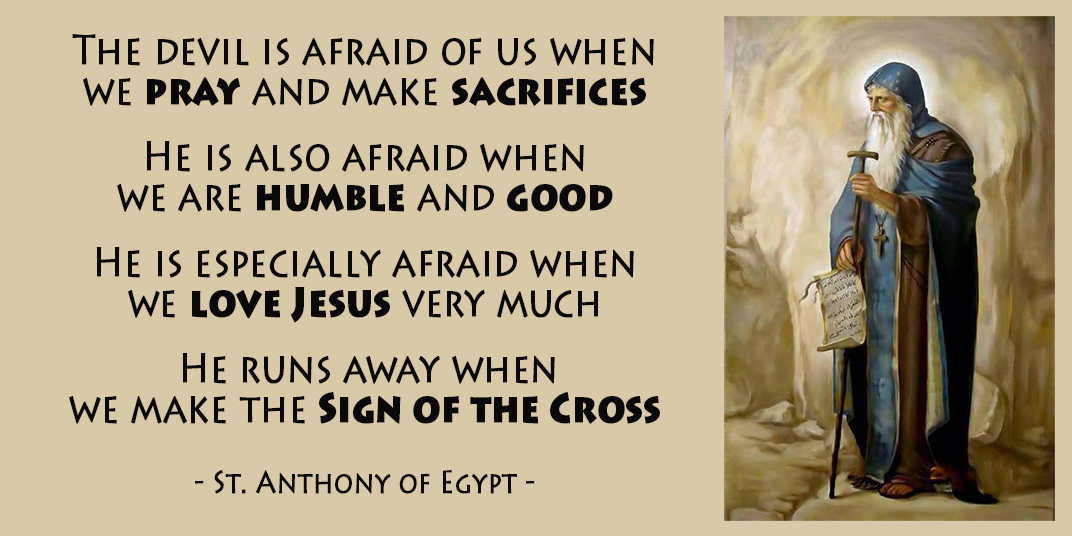 St. Anthony of Egypt
St. Anthony of Egypt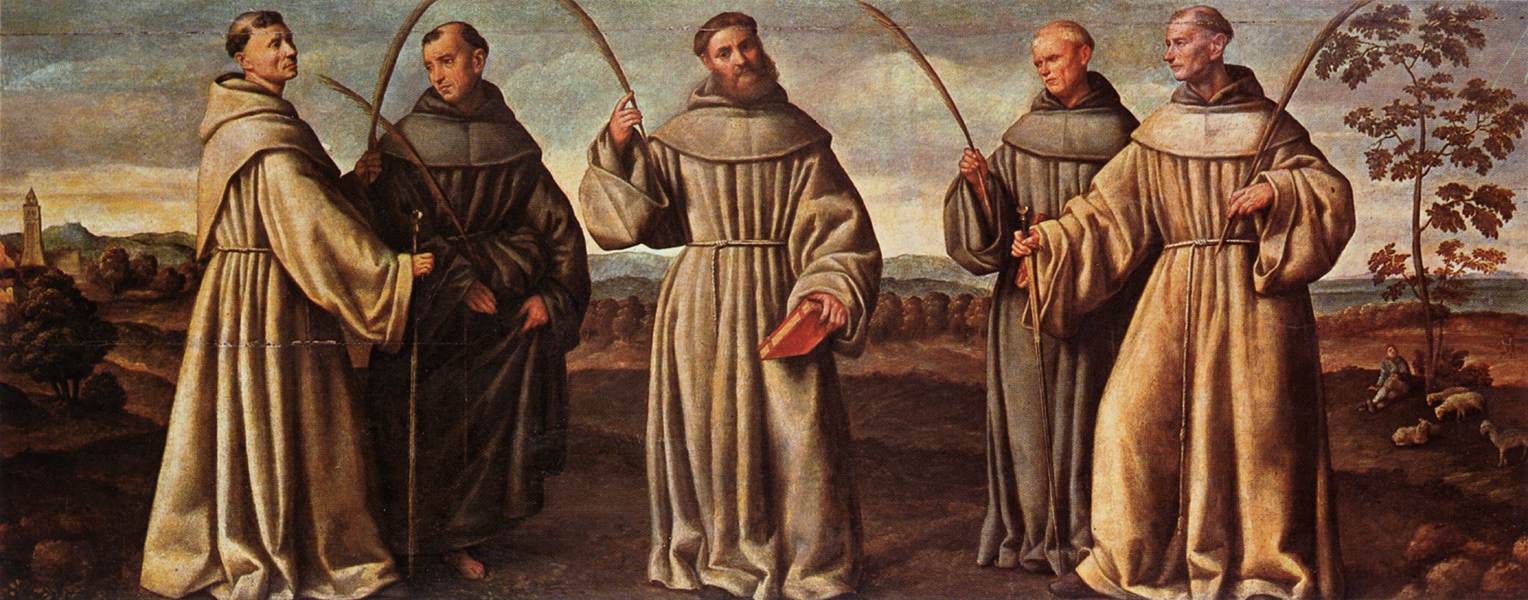 St. Berard & Companions — Martyrs of the Franciscan Order
St. Berard & Companions — Martyrs of the Franciscan Order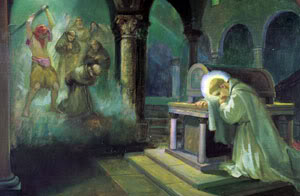
 Saint Paul the Hermit (233-345)
Saint Paul the Hermit (233-345)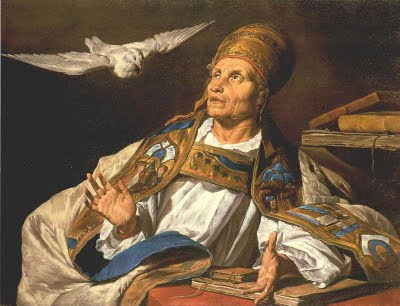 Saint Gregory Nazianzen
Saint Gregory Nazianzen